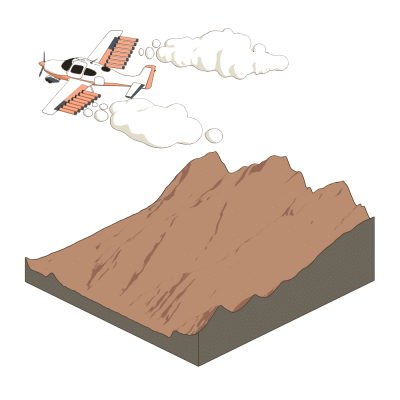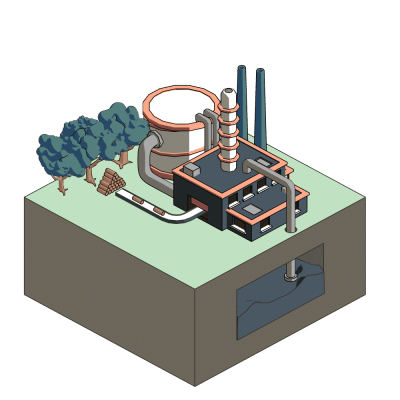Technologies
Tecnologías

Would you like to learn about the different Geoengineering Technologies in more depth?


¿Le gustaría conocer las Tecnologías de Geoingeniería en profundidad?


Would you like to learn about the different Geoengineering Technologies in more depth?


¿Le gustaría conocer las Tecnologías de Geoingeniería en profundidad?
